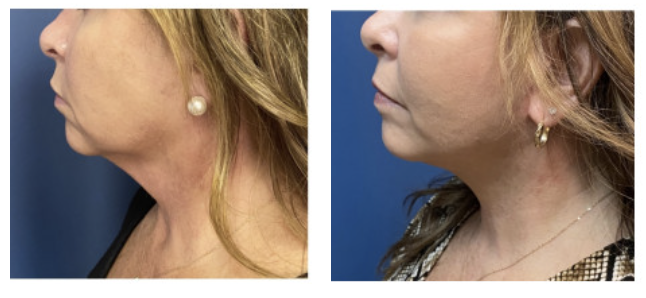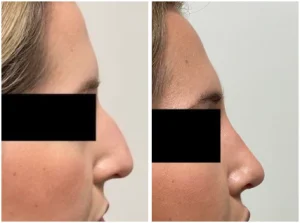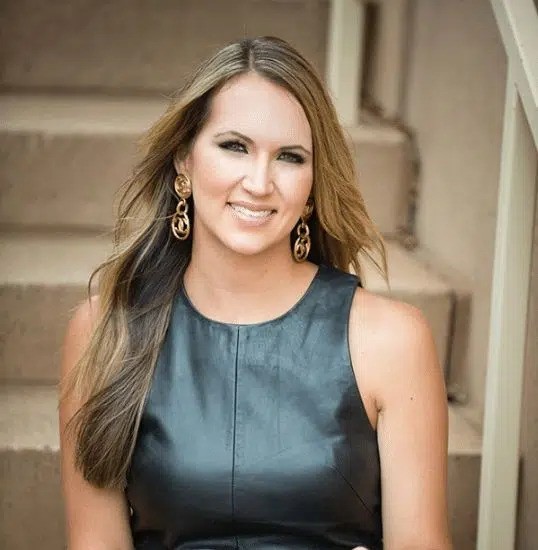Considering Rhinoplasty (Nose Job) in Greenville and Spartanburg, SC?
Your nose is a central feature of your face, and its shape can significantly impact your overall appearance. If you’ve ever felt self-conscious about the size, shape, or breathing difficulties associated with your nose, rhinoplasty, also known as a nose job, could be the answer you’ve been looking for. This cosmetic surgical procedure, performed by our team of experienced professionals, can address a variety of concerns, enhancing both the aesthetics and function of your nose.

What Can A Rhinoplasty Do For Me?
Rhinoplasty has several specific goals. Some facilitate breathing as well as improve facial appearance. This procedure may make your appearance more pleasing to you by:
- Remove a hump on your nose
- Modify the bridge of your nose
- Reshape the tip of your nose
- Reshape or resizing your nostrils
- Repair your nose after an injury
- Increase or decrease the size of your nose
What Is A Rhinoplasty?
One of the most common plastic surgery procedures, rhinoplasty is performed to reshape, reduce or augment a person’s nose, remove a hump, narrow nostril width, change the angle between the nose and the mouth, or to correct injury, birth defects, or other problems that affect breathing. Results depend on the patient’s nasal bone and cartilage structure, facial shape, skin thickness, and age (teenagers should have had their growth spurt). Insurance may cover rhinoplasty if it is done for reconstructive or medical reasons, but likely not for cosmetic purposes.






